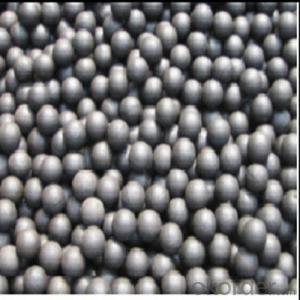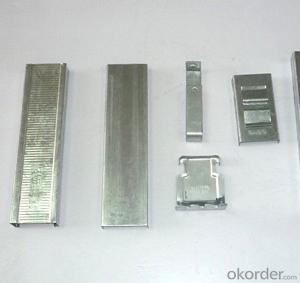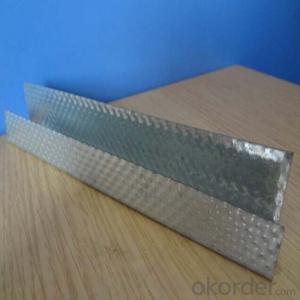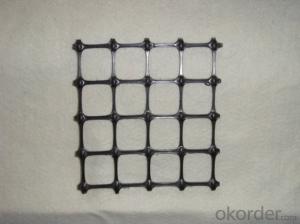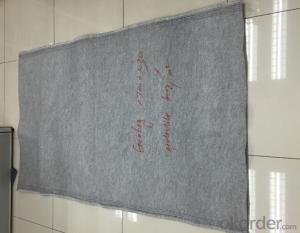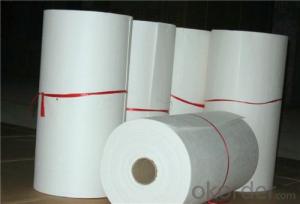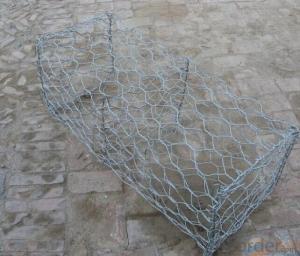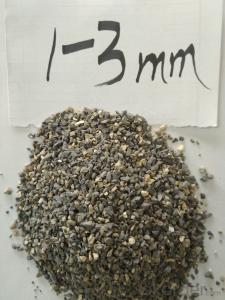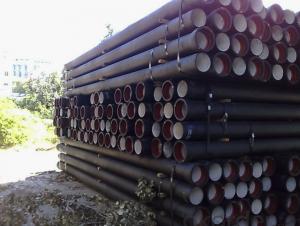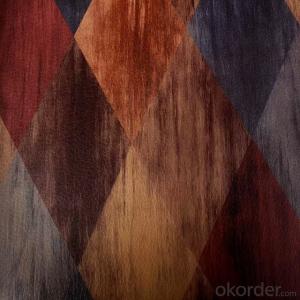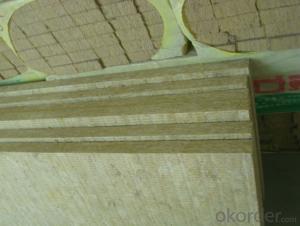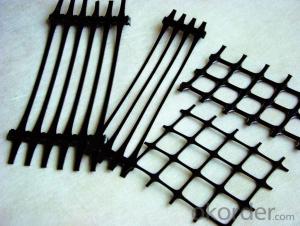Geogrid In Retaining Walls
Geogrid In Retaining Walls Related Searches
Best Stainless Steel For Knives Primer For Galvanized Steel H S Code For Stainless Steel Wd 40 For Stainless Steel Spray Paint For Stainless Steel Glue For Stainless Steel Drill Bits For Stainless Steel Spray For Stainless Steel Welder For Stainless Steel Magnets For Stainless SteelHot Searches
Steel Mesh Panels For Sale Price For Stainless Steel Scrap Scrap Price For Stainless Steel Cheap High Tea Sets For Sale Stainless Steel Tanks For Sale High Density Fiberboard For Sale Solar Hot Water Collectors For Sale Scaffolding For Sale In Uae Scaffolding For Sale In Ireland Scaffolding For Sale In Houston Type Of Inverter For Solar Price Of Shipping Containers For Sale Types Of Inverter For Solar Stock Price For Aluminum Used Solar Inverter For Sale Portable Led Signs For Sale Stone Hot Water Bottles For Sale Large Led Screens For Sale Used Aluminum Scaffolding For Sale Steel Mesh Panels For SaleGeogrid In Retaining Walls Supplier & Manufacturer from China
Okorder.com is a professional Geogrid In Retaining Walls supplier & manufacturer, offers integrated one-stop services including real-time quoting and online cargo tracking. We are funded by CNBM Group, a Fortune 500 enterprise and the largest Geogrid In Retaining Walls firm in China.Hot Products
FAQ
- Geogrids offer several advantages, including improved soil stabilization, increased load-bearing capacity, and enhanced drainage capabilities. These materials reinforce the soil structure, preventing erosion and promoting long-term stability. Geogrids also minimize the need for excessive excavation and reduce construction costs, making them an economical solution. Additionally, they can be easily installed, making them a convenient choice for various projects.
- Yes, geogrids are resistant to biological degradation. They are typically made from synthetic materials such as polypropylene or polyester, which are not easily biodegradable and can withstand exposure to various biological agents like bacteria, fungi, and insects. This resistance to biological degradation makes geogrids a durable and long-lasting solution for soil stabilization and reinforcement in various construction and civil engineering applications.
- What is the road geogrid
- GeogridThe grid is made of polypropylene, polyvinyl chloride and other high molecular polymer thermoplastic or molded into a two-dimensional grid or a certain degree of three-dimensional grid screen, when used as civil engineering, known as the geogrid
- Anchorage length of Geogrid
- Glass fiber geogrid layer(1) pavement surfaceA. of the new asphalt concrete pavement, glass fiber grid can be placed on the semi rigid base and under seal, can be placed between the seal and the asphalt.
- How much is the tensile strength of Geogrid
- Warp knitting: 15KN--200KN, the highest foreign to 400KN.
- Yes, geogrids can be used in the reinforcement of soft ground. Geogrids are designed to provide stability and strength to weak or unstable soil, making them ideal for reinforcing soft ground. They are commonly used in various civil engineering applications, such as road and railway construction, to enhance the load-bearing capacity of the soil and prevent ground movement or settlement.
- Yes, geogrids can be used in load transfer platforms. Geogrids are commonly used in civil engineering projects to improve soil stability and provide load-bearing support. They are particularly effective in load transfer platforms as they help distribute the weight of the load evenly and prevent soil deformation or settlement.
- The factors that affect the installation cost of geogrids include the type and quality of the geogrid material, the size and complexity of the project area, the required preparation of the site, the method of installation (such as manual or mechanical), the labor and equipment costs, and any additional materials or accessories needed for proper installation.



